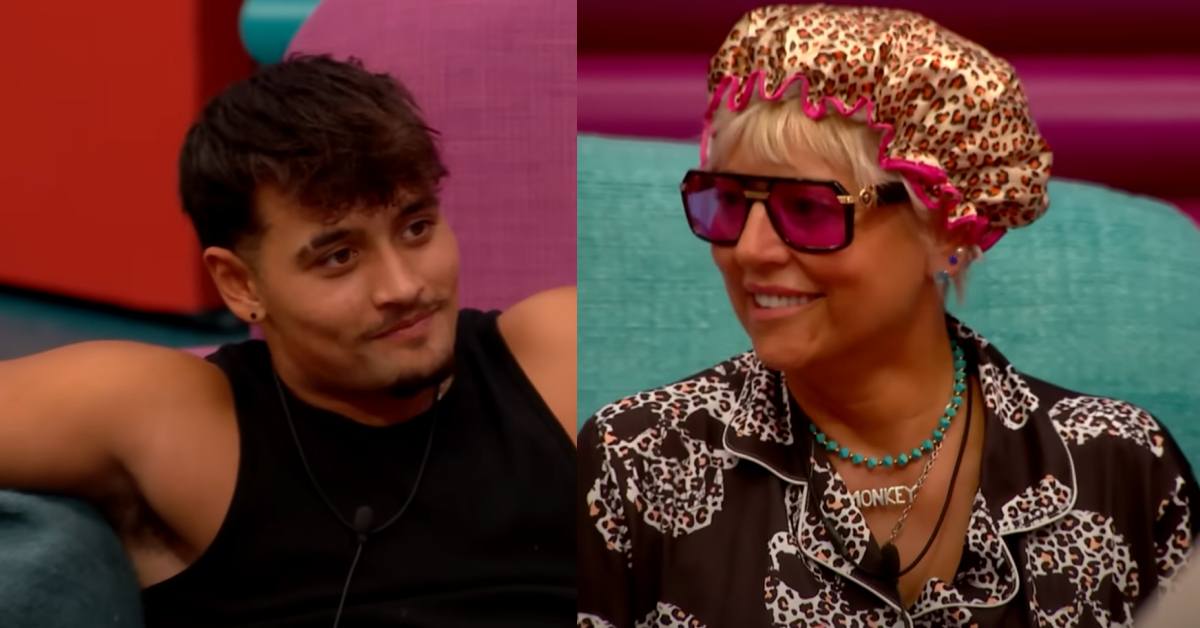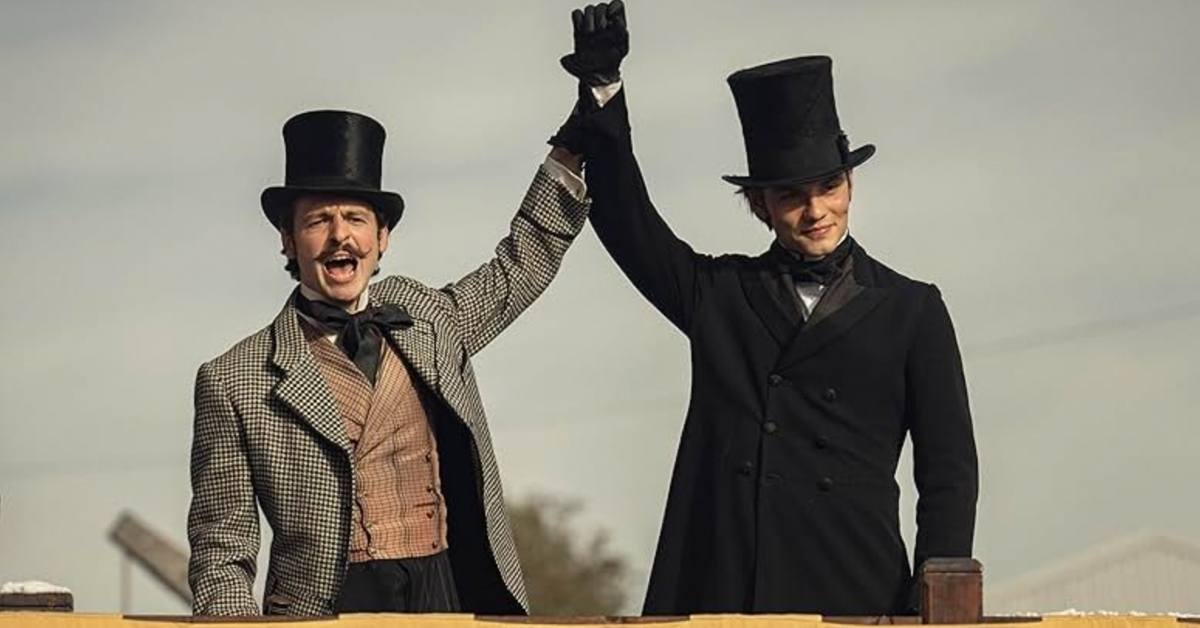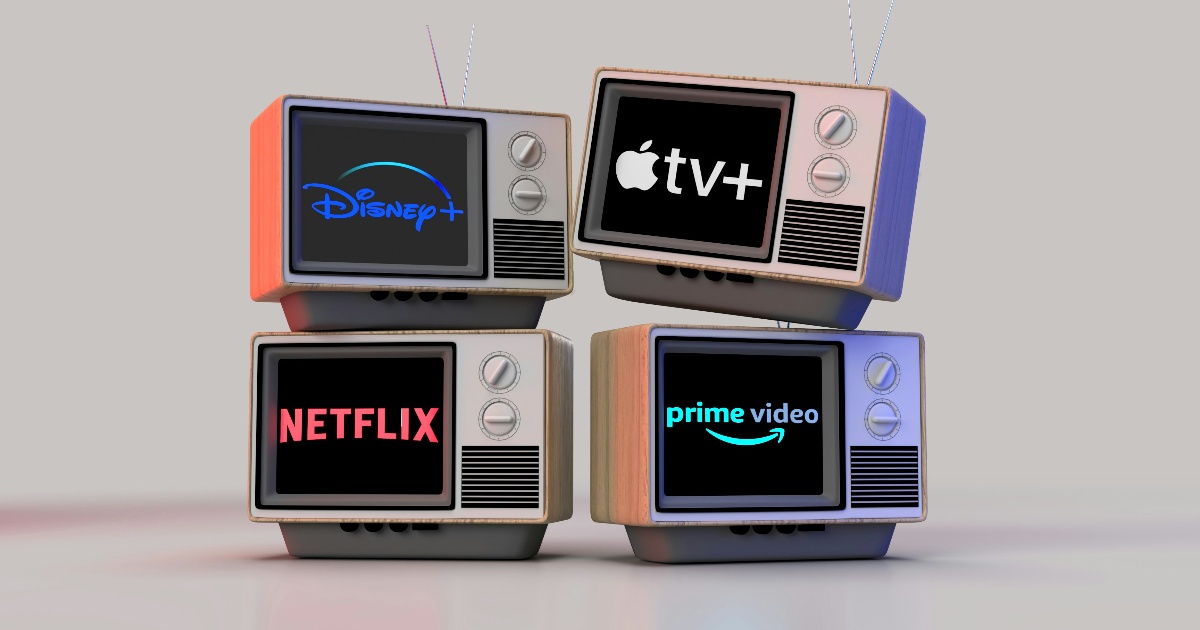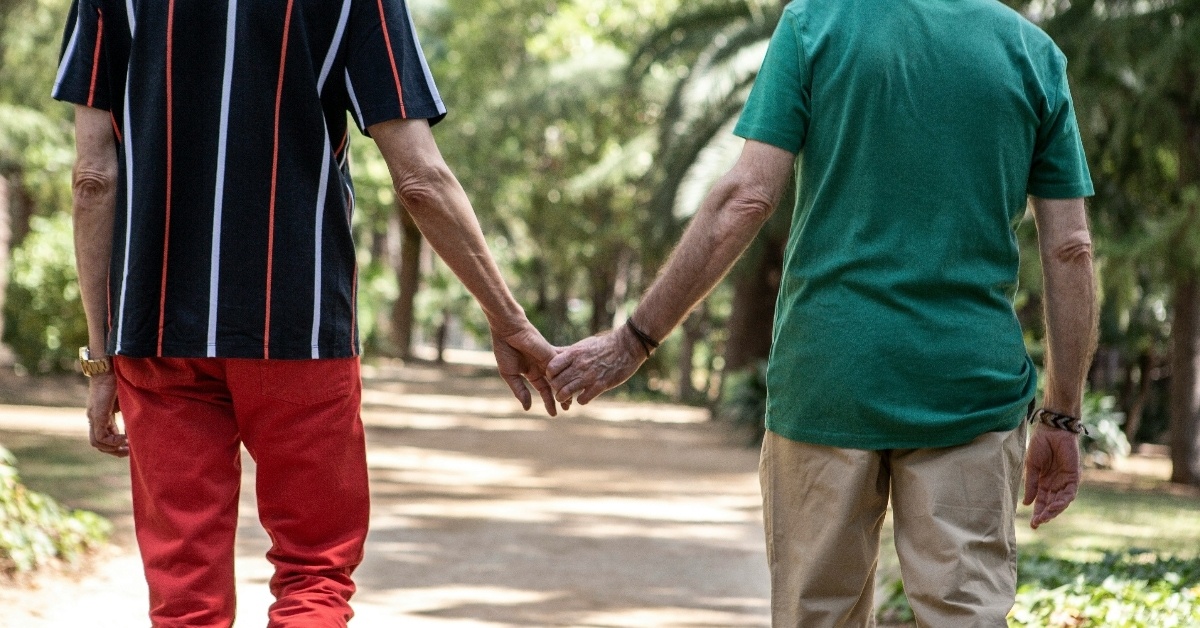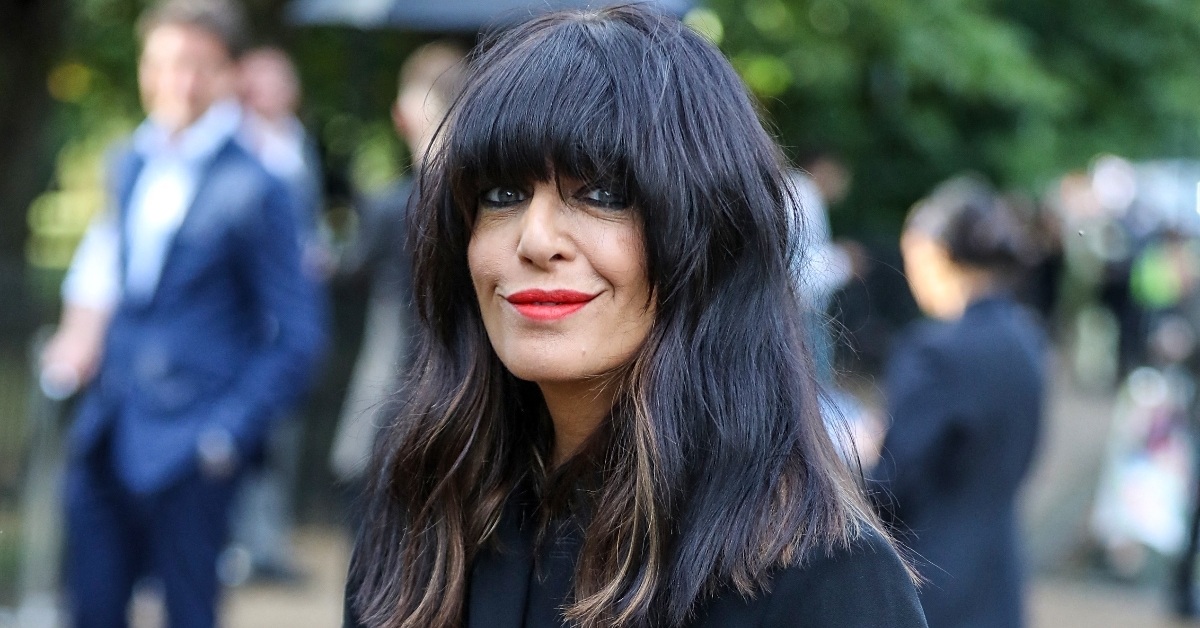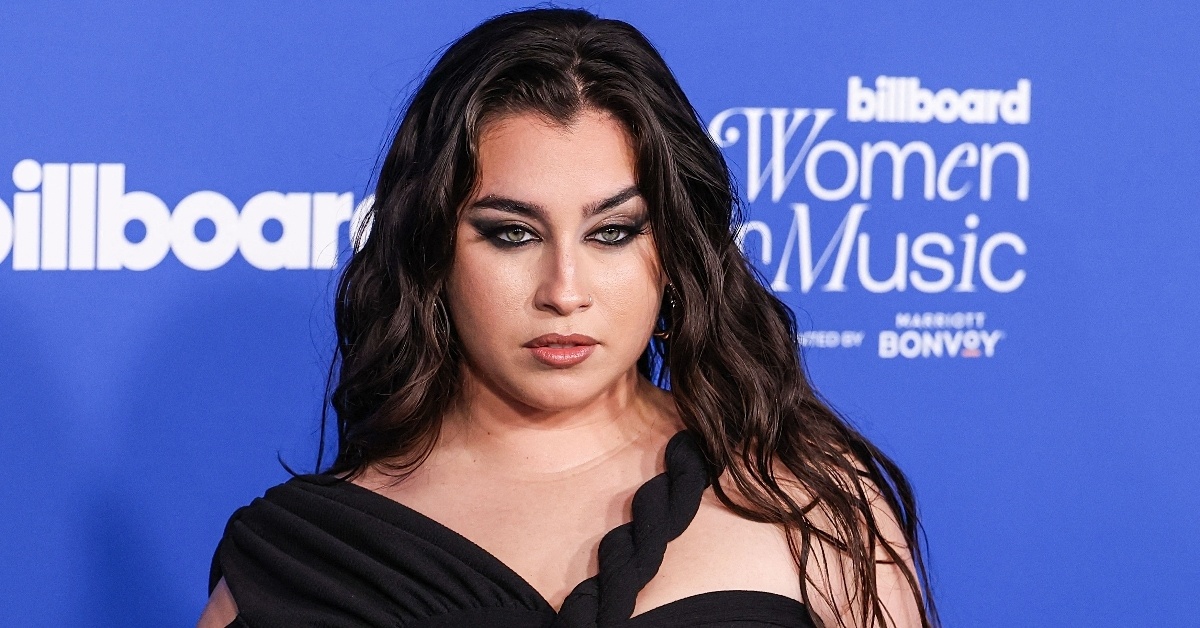BY: Kara Johnson
Published 5 hours ago
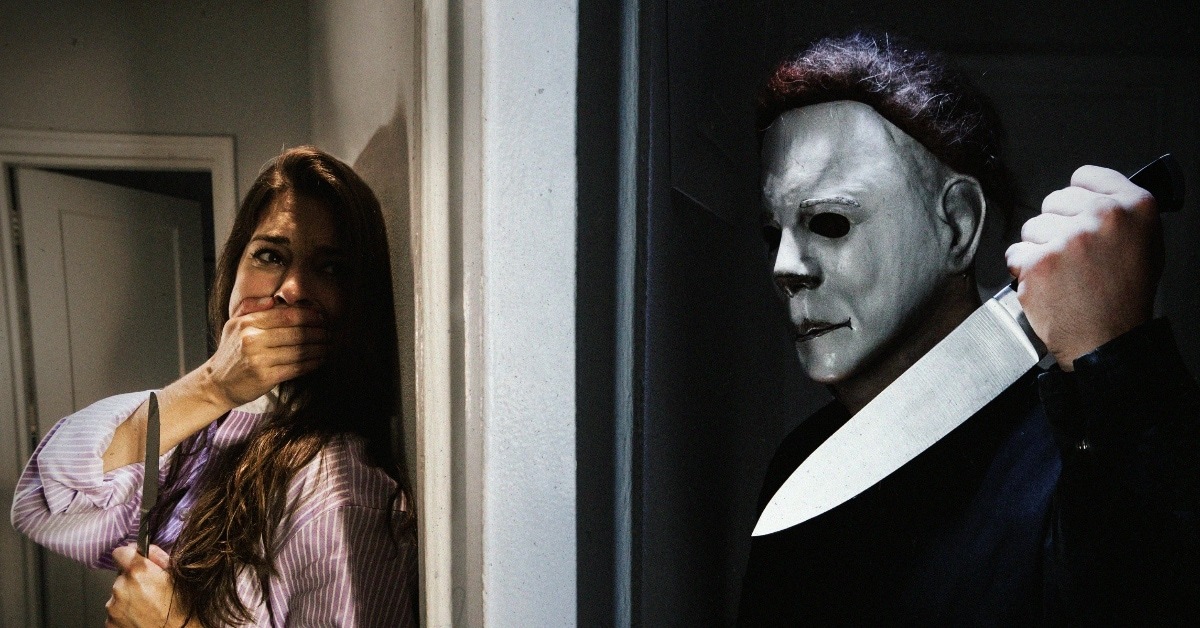
Once the sweet scent of pumpkin spice fills the air, this can only mean one thing: it is spooky season. For many, October means cozy nights spent binging horror, a ritual where we willingly embrace fear from the safety of our couches. We gather our friends, load up the popcorn, and watch cinematic monsters stalk their prey. This yearly indulgence in fear is a fundamental part of the Halloween experience for countless people.
However, for too long, the horror genre felt inaccessible or even hostile to the LGBTQIA+ community. Queer characters often served as coded villains, tragic victims, or were simply absent. Today, that is changing fast. A wave of new LGBTQIA+ horror films and shows now gives queer audiences a chance to see themselves as heroes, survivors, and even complex villains. These stories explore queer anxieties and themes through a terrifying lens. This shift makes the spooky season more inclusive and more deeply affirming than ever before.
Scream and Be Seen
Horror fundamentally deals with the concept of “the other.” It focuses on what society rejects, fears, or struggles to understand. For the LGBTQIA+ community, this feeling of “otherness” is a core life experience. Early horror often used queer characters to represent monstrous threats, a reflection of real-world fear and prejudice. Seeing these reflections was unsettling but provided a shared language for the queer experience.
Modern LGBTQIA+ horror films and shows subvert this tradition. They turn that feeling of otherness into power. They utilize classic horror tropes like transformation, secrecy, and societal paranoia to explore genuine queer anxieties about coming out, identity, and finding community. Watching these stories feels cathartic. They validate feelings of being misunderstood or hunted, giving queer identity the powerful visibility it deserves within the genre.
Your Chilling Binge List: Essential LGBTQIA+ Horror Films and Shows
Ready to update your spooky season watch list? These seven films and shows represent the best in modern LGBTQIA+ horror. They offer diverse scares and significant queer representation.
“Jennifer’s Body” (2009)
This film began as a cult classic and later evolved into a feminist and queer-coded touchstone. The story follows best friends Jennifer and Needy after a demonic possession changes Jennifer. The intense female relationship forms the core of the story. The film uses demonic hunger to explore themes of female friendship, obsession, and sexual jealousy with a sharp, queer undertone. It provides a unique and satisfying blend of horror and dark comedy.
“The Fall of the House of Usher” (2023 Series)
Master of modern horror Mike Flanagan delivers a star-studded, dark satire here. It is a modernized retelling of Edgar Allan Poe’s classic short story. The Usher family are corrupt billionaires facing a violent reckoning. Importantly, nearly all the Usher siblings and key supporting figures are openly queer. The show normalizes these various sexualities, including lesbian, bisexual, and pansexual identities. Their queerness is not the horror. Instead, the horror focuses on wealth, greed, and generational trauma.
“Fear Street Trilogy” (2021)
Netflix’s three-part slasher event centers on the relationship between Deena and Sam. Their forbidden romance drives the entire supernatural plot. The trilogy spans three time periods, following teens trying to break a small town’s ancient curse. It is an unapologetically queer horror adventure. The trilogy perfectly blends nostalgic slasher elements with a genuinely touching, high-stakes central LGBTQIA+ love story.
“Lyle” (2014)
Often called the gay “Rosemary’s Baby,” this psychological short film is a must-see. It focuses on a young pregnant lesbian couple who move into a new apartment following a tragic loss. The expectant mother begins to suspect that the building and its eccentric residents harbor dark secrets. It creates an intensely claustrophobic atmosphere. The film uses pregnancy anxiety and grief to explore maternal fears from a uniquely LGBTQIA+ perspective.
“Velvet Buzzsaw” (2019)
This satirical horror film, starring Jake Gyllenhaal and Rene Russo, takes aim at the pretentious modern art world. It follows a circle of critics and artists targeted by supernatural forces residing in paintings. Gyllenhaal’s main character, Morf Vandewalt, is openly queer. The film incorporates his personal and sexual relationships seamlessly into the broader horror narrative. It offers stylish visuals and smart, sharp humor.
“Chucky” (2021 Series)
The television series continuation of the long-running franchise gives fans a shockingly progressive protagonist. Jake, a young gay teenager, buys the iconic killer doll at a yard sale. The show sensitively explores Jake’s struggles with his sexuality and bullies while maintaining the franchise’s signature bloody kills and dark wit. Chucky himself offers surprisingly solid advice on being LGBTQIA+, all while wielding a knife.
“The Haunting of Bly Manor” (2020)
While Mike Flanagan’s previous series had queer undertones, Bly Manor features an overt and beautiful central lesbian love story. The series is a Gothic romance wrapped in a ghost story. It deeply explores the themes of loss, memory, and permanent haunting. The LGBTQIA+ relationship is the emotional anchor, providing one of the most poignant and heartbreaking finales in recent horror television.
Claiming Our Space in the Horror Genre
The growing demand for and production of LGBTQIA+ horror films and shows reflect a vital truth: queer stories belong everywhere, even in the darkest corners of cinema. When a horror film centers an LGBTQIA+ protagonist, it does more than diversify a cast list. It injects fresh themes, nuanced anxieties, and new emotional stakes into a genre often seen as rigid.
By embracing these terrifying, yet affirming, narratives, we continue a tradition of queer visibility. We honor the history of coded characters while celebrating the freedom to be openly visible on screen. This spooky season, as you settle in for your horror marathon, make sure you include these powerful, terrifying, and essential LGBTQIA+ horror films and shows in your lineup.
What is your favorite LGBTQIA+ horror film or show that you feel has truly changed the genre? Let us know in the comments.


